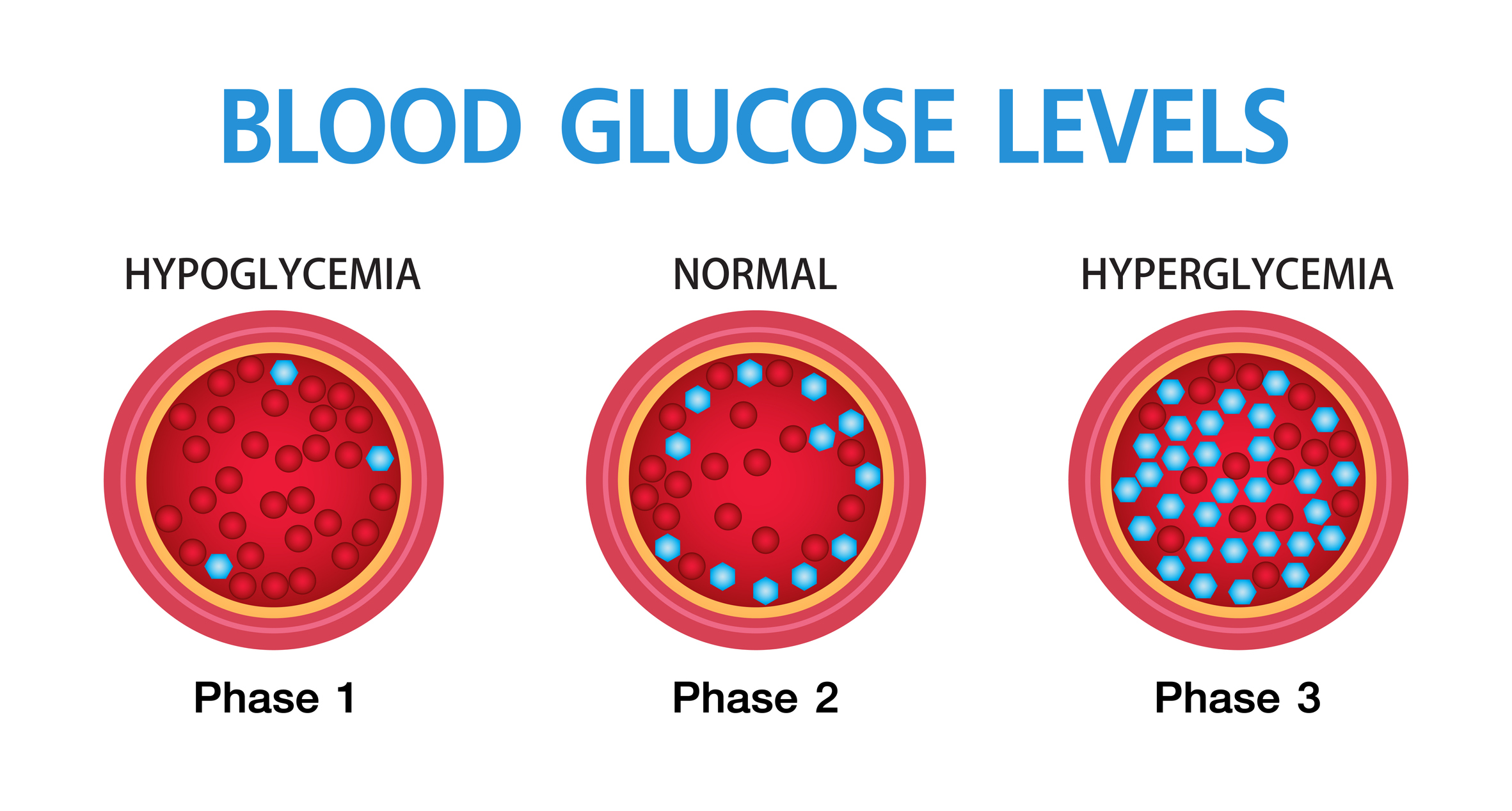Hypoglycaemia versus hyperglycaemia: what’s the difference?
What’s the difference between hypoglycaemia and hyperglycaemia? And how could each one negatively affect training and racing? Sports scientist Abby Coleman has the answers…

While they sound similar, both hyperglycaemia and hypoglycaemia are very different and can each affect your performance when training and racing.
But what is hyperglycaemia? What’s hypoglycaemia? How are they different and how do they affect your performance? Here’s sports scientist Abby Coleman with the answers…
What is hyperglycaemia?
Hyperglycaemia is a condition in which a person has excessively high sugar levels in the blood.
When and how does hyperglycaemia occur?
Generally a person is considered to be hyperglycaemic when their blood glucose concentration is higher than 7.2mmol/L (130 mg/dL) before a meal, or above 10 mmol/L (180 mg/dL) more than 2hrs after a meal). When this occurs chronically, it’s usually associated with diabetes.
In sport, a higher blood-glucose level tends to help performance as it increases the availability of energy to working muscles. The issue is defining these higher levels and what is too much.
What’s my optimal blood-glucose range?
Everyone has an optimal blood-glucose range where they perform and train best. As such, determining what is ‘too high’ is a challenge.
If an athlete’s blood-glucose levels rise too high during exercise, they may not feel at their best. Some athletes have described ‘feeling awful’ when going above their optimal glucose range.
But these are anecdotal reports as continuous glucose monitoring in athletes is a relatively new idea and doesn’t appear to necessarily affect everyone in the same way.

How common is severe hyperglycaemia?
Scientific evidence has suggested that exercise-induced improvements in aerobic capacity are blunted and aerobic remodelling of skeletal muscle is impaired in conditions of chronic hyperglycaemia.
However, most of these studies are conducted on mice or in athletes with type-1 diabetes, so it’s not clear if this would apply to healthy human athletes, too.
The good news is that severe hyperglycaemia is rarely seen in healthy individuals.
It’s possible to fall into a hyperglycaemic state but to stay there and be exposed enough to cause significant damage is unlikely as homeostasis fights to bring blood glucose down to more appropriate levels.
What is hypoglycaemia?
In contrast with hyperglycaemia, hypoglycaemia is when blood sugar levels drop abnormally low; it’s typically defined as blood-glucose concentration below 4mmol/L (or <72 mg/dL).
What causes hypoglycaemia?
Hypoglycaemia (low blood-glucose levels) is often a result of exhaustive, prolonged exercise without adequate fuelling. With severely depleted glycogen stores, the liver is unable to sustain a normal blood glucose concentration and levels begin to trend downwards.
Hypoglycaemia symptoms
As a result, if fuel isn’t consumed, an athlete will slow. Beyond a drop-off in performance and feeling poor, symptoms may also include feeling weak, tired, dizzy, as well as beginning to shiver if it gets too severe.
Image credit: Getty Images




